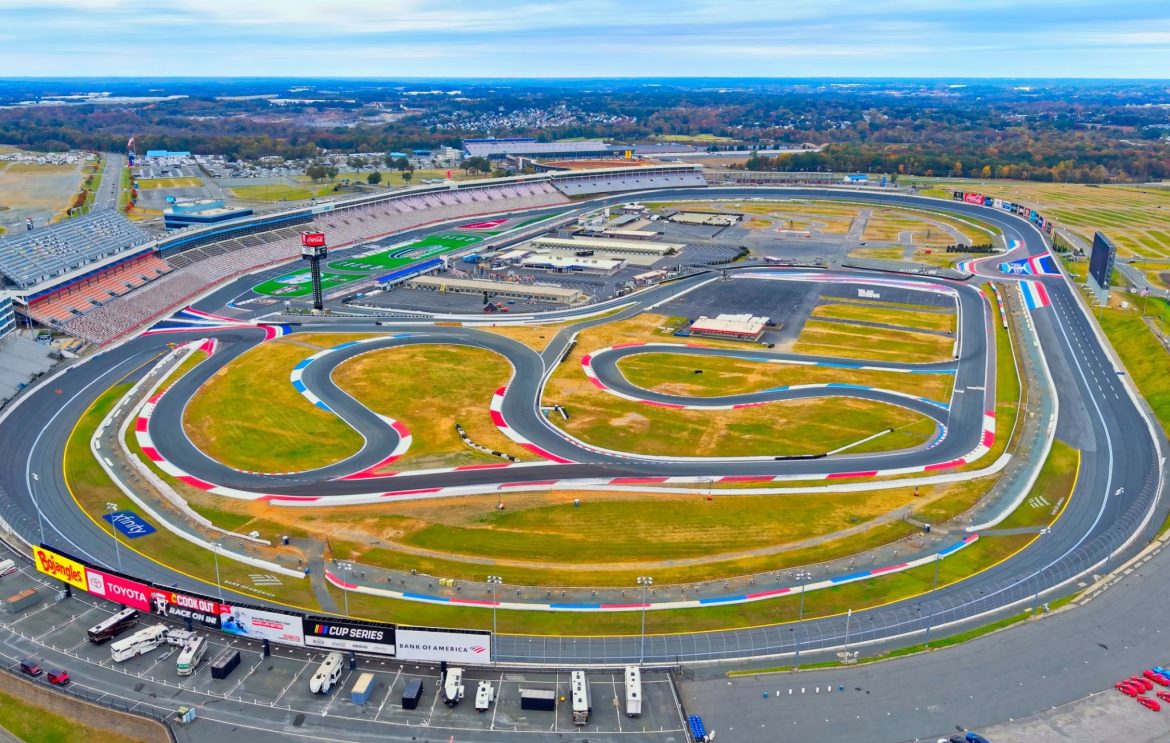It is important to celebrate victories for economic freedom as they emerge, even when they come in the most peculiar of places. One such place is the racing world.
In October, North Carolina Governor Josh Stein signed into law HB 926, called the “Right to Race” law. This new measure shields racetracks from noise-related nuisance lawsuits if the facility existed and was permitted before nearby properties were developed. This is an incredible win for economic freedom against NIMBYs demanding to silence roaring engines after making the decision to move next to a racetrack. North Carolina has definitively answered “no” to the question: Should those who knowingly move next to a racetrack be allowed to use the government to quiet it?
As areas around the country redevelop, with rural areas becoming suburbs and suburbs evolving into de facto metropolises, racetracks have found themselves the target of those moving into these newer developments. Racetracks that long predate the existence of these neighbors are facing legal action by the newcomers.
For example, in Tennessee, the Nashville Fairgrounds Speedway, which first opened in 1904, now faces opposition from residents as the track seeks to renovate in order to lure NASCAR racing back to the facility. Despite being there first, despite the track’s positive economic impact, many tracks find themselves without legal protection from the locals.
In response to this, some states have taken action. Over the summer, Iowa Governor Kim Reynolds enshrined HF 645, which protects racetracks, such as the famed Knoxville Raceway, from the constant threat of litigation from their neighbors, provided the track preexisted the neighboring property’s purchase or development.
Last month, North Carolina followed suit. Racing has been embedded in the state for almost a century, with tracks like Bowman Gray Stadium (1937), North Wilkesboro Speedway (1947), Hickory Motor Speedway (1951), and Charlotte Motor Speedway (1960) becoming renowned venues of racing around the world.
There is a long-held legal, philosophical, and economic position: first use establishes right. This is how we arrive at property rights, through homesteading. These rights secure not only possession, but also established and peaceful use. In interaction with property rights, we reach “coming to the nuisance.” In this common-law doctrine, you consent to the effects of an existing activity if you choose to move next to it. It is your choice of proximity that entails your acceptance of the conditions.
In “Law, Property Rights, and Air Pollution,” economist Murray Rothbard makes this point with the example of an airport. Prior use generates a legitimate easement-like claim in sound or emission. In the case of the airport, Rothbard writes, “The airport has already homesteaded X decibels worth of noise. By its prior claim, the airport now owns the right to emit X decibels into the surrounding area.”
This simple point illustrates the following: when an airport operates openly for years, it “homesteads” its noise. The sound waves become part of its legitimate use, and newcomers consent when moving next door. The same logic applies here to racetracks. Their races, the noise of the engines, do not violate anyone’s rights — they exercise, instead, preexisting ones. What seems like an abstract theory is expressed in clear statutes like those in North Carolina and Iowa.
These states are translating the principles of homesteading into positive law, at least in the defense of racing. In effect, they take what Rothbard described as a natural rights easement — earned through peaceful, longstanding use — and make it explicit law. What these laws help clarify is the difference between preferences and rights. When preferences override rights, this signals institutional instability — rights are negotiable. Nashville proves itself as a cautionary counterexample. Without statutory protection, the Fairgrounds Speedway is vulnerable to neighborhood pressures that could lead to the violation of the track owners’ rights.
With any luck, North Carolina and Iowa will not be outliers, but a broad legal correction. When courts and city councils prefer what might be called “aesthetic interventionism”, where neighbors’ preferences, not owners’ rights, dictate outcomes, this creates uncertainty regarding property rights, threatening the very foundation of a free economy. When property owners and entrepreneurs can rely on institutional stability, they can invest with confidence in the future. Without such confidence, the erosion of trust that it produces deters economic growth.
These “Right to Race” laws push back against this drift, restoring predictability to this segment of the market. These racetrack cases are only a small, visible example, but the same logic applies to other industries in various ways, such as nightlife ordinances and noise complaints for musicians. The order of homesteading matters, and these laws help preserve the space for voluntary exchange.
The sound of dozens of racecars flying around North Wilkesboro or Charlotte may not be music to everyone’s ears, but it represents something deeper than sport. It is the roar of property rights at work — the anchor of fairness, stability, and freedom. States like North Carolina and Iowa have protected not only racing, but the freedom that depends upon stable expectations.
Nashville’s ongoing fight, on the other hand, shows what happens without such clarity. When rights are negotiable, every market action becomes provisional. Economic freedom demands the simple rule that those who came, acted, and homesteaded first have property rights. Sometimes, that means protecting racetracks. Thank you, North Carolina and Iowa.
